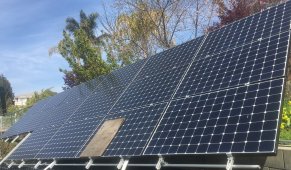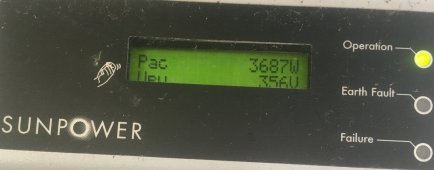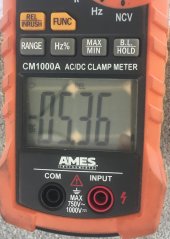Hedges
I See Electromagnetic Fields!
- Joined
- Mar 28, 2020
- Messages
- 21,559
3 Panels in Series (33 Cells Per Panel)
-One panel Two cells Shaded 33%-50% Reduction in Wattage
-One Panel 50% Shaded 69% Reduction in Wattage
-One Panel 70% Shaded 88% Reduction in Wattage
Something has to be very wrong in that setup. Either,
1) no bypass diodes (I see these are flexible panels)
2) Shaded panel put out less current, and SCC did not lower voltage to where the other two panels could push current past for only 33% reduction (regardless of how much that one panel was shaded.)
Screenshot:
45.92V --> 28V
3.5A --> 3.0A
Voltage dipped below 30.6V (2/3), and current dipped.
This does not appear to be activating a bypass diode.
If you had Y-cables to tap, you could check intermediate voltage.






